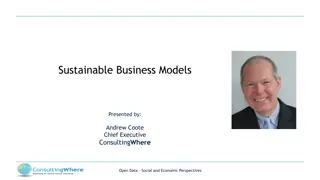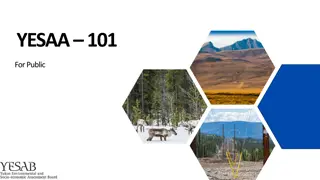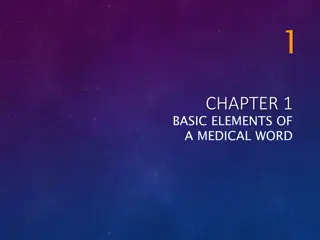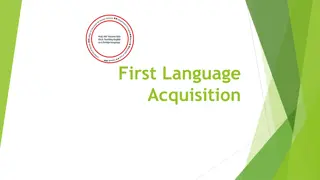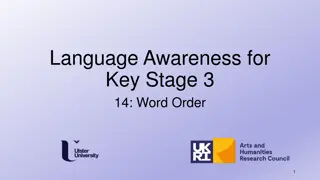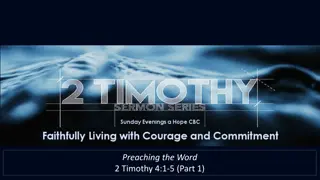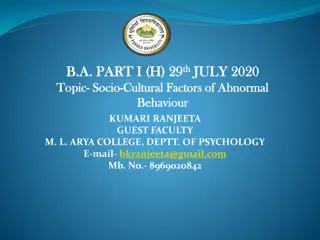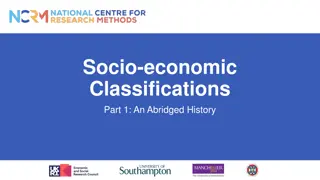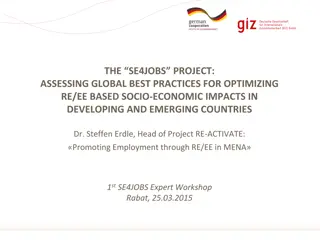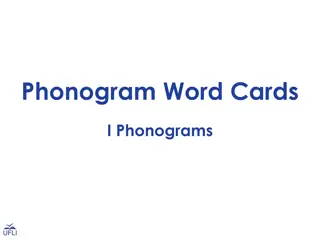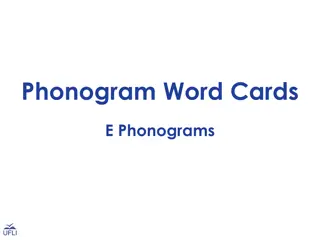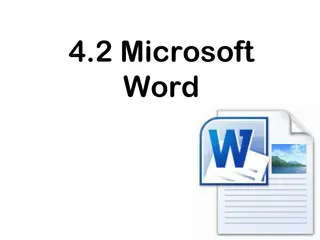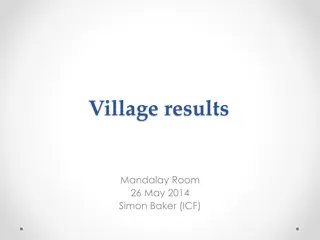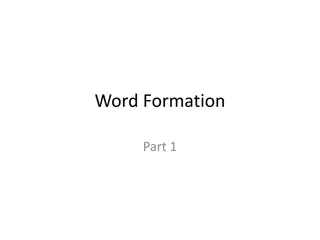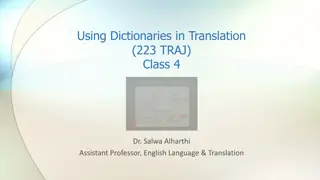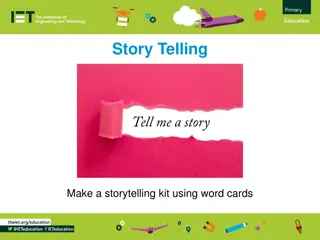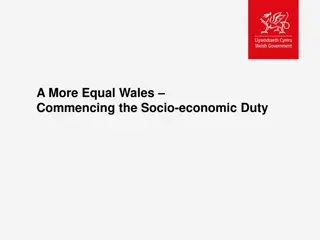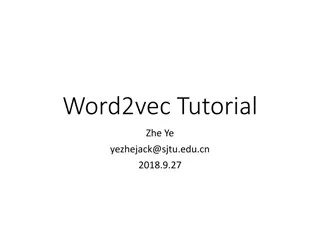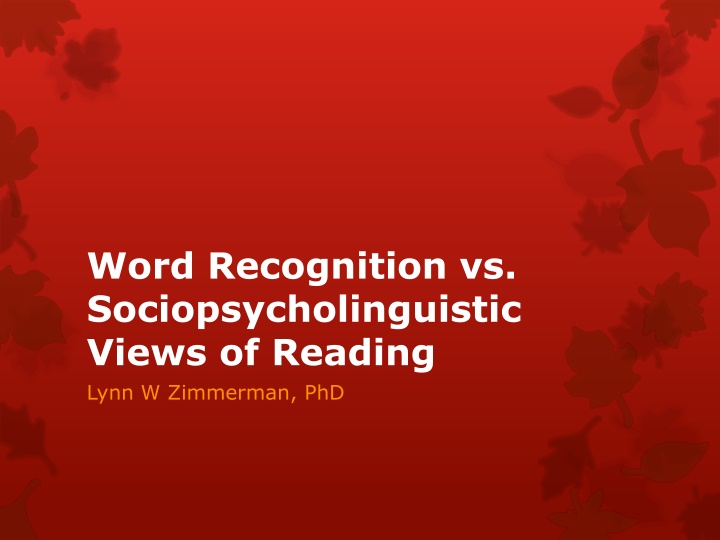
Recognizing Words in Reading: Word Recognition vs Sociopsycholinguistic Views
Explore the contrast between word recognition and sociopsycholinguistic views in reading, focusing on how children become literate, the significance of bottom-up strategies, and the importance of meaning-centered processes in literacy development.
Download Presentation

Please find below an Image/Link to download the presentation.
The content on the website is provided AS IS for your information and personal use only. It may not be sold, licensed, or shared on other websites without obtaining consent from the author. If you encounter any issues during the download, it is possible that the publisher has removed the file from their server.
You are allowed to download the files provided on this website for personal or commercial use, subject to the condition that they are used lawfully. All files are the property of their respective owners.
The content on the website is provided AS IS for your information and personal use only. It may not be sold, licensed, or shared on other websites without obtaining consent from the author.
E N D
Presentation Transcript
Word Recognition vs. Sociopsycholinguistic Views of Reading Lynn W Zimmerman, PhD
Children and Literacy How do children become literate? Two teaching theories have evolved: learning/word recognition theory: children learn written language through formal instruction practice acquisition/sociopsycholinguistics theory: children acquire written language is acquired through an inherent, cognitive capacity
Word Recognition View Written language must be learned, and therefore, taught using bottom-up processes The purpose of teaching reading is to make a connection between written letters and oral language (p. 24).
Bottom-up strategies The learner reads every word and tries to analyze the grammar as they go. In order to learn to read, the learner must learn the basics first: letters, words, pronunciation. how to sound out letters, and how to blend sounds together to form a complete word. Then they learn how words are put together to make sentences and paragraphs. Then they can move up to understanding the overall meaning of a text.
A Process of Recognizing Words Before students can read the text learn sounds and letters and use them to decode words and then sentences. (Wright, 2010). Key of success of word recognition repeated exposure to the words exploring words in context
Strategies Lists of sight words Flash cards Teach pronunciation Pictures and illustrations Context clues
Sociopsycholinguistic View The ability to use written language is to some degree innate and can be acquired (Freeman & Freeman, 2004, p. 24). Teaching reading focuses on the construction of meaning By receiving comprehensible input and being exposed to interesting texts, students will eventually increase their skills in reading and writing.
Meaning-Centered Process Focuses on meaning negotiation to comprehend the text or reading through social, psychological, linguistics, and developmental process Students prior knowledge, beliefs and emotions are important to their understanding the text
Top-Down Approach Learner may not read every word may ignore the grammar as they go is reading for general understanding is reading a variety of texts may be reading for pleasure with no particular objective in mind reads with little guidance
Strategies Predicting, checking predictions Inferring Integrating new information with background knowledge Vocabulary is learned by encountering words in extensive reading. Students read silently using comprehension strategies. Students to read a story and then retell it Independent reading time
References Freeman, D.E. & Freeman, Y. S. (2014). Essential Linguistics. Portsmouth, NH: Heinemann. Wright, W.E. (2010). Foundation for teaching ELLs: Research, theory, policy and practice. Philadelphia: Caslon Publishing.

